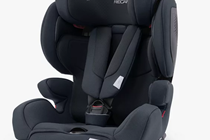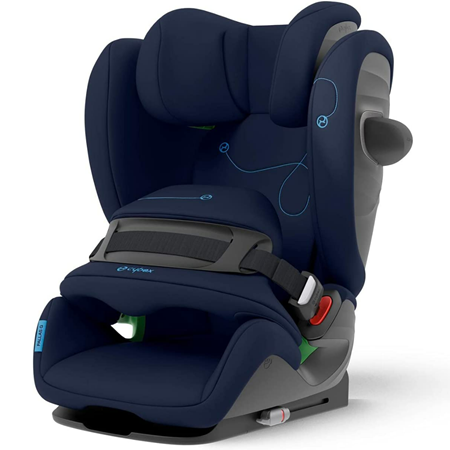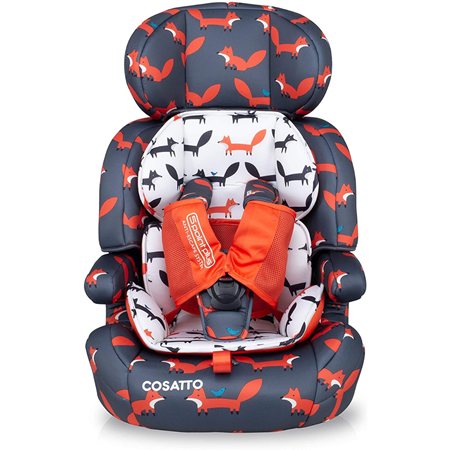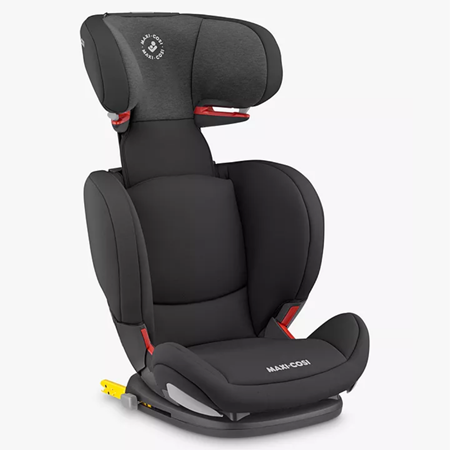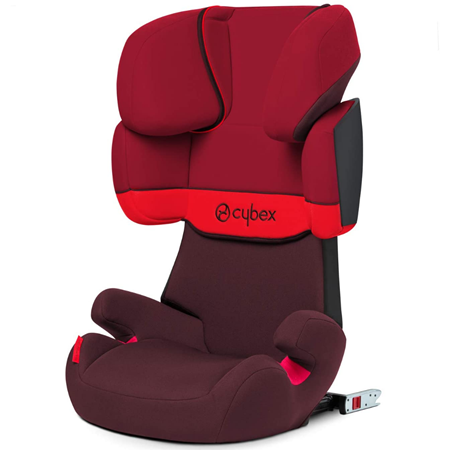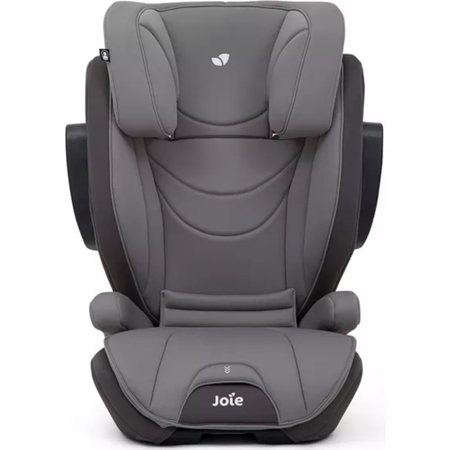If you’re here, we’ve no doubt that your child has outgrown the car seat they’ve had since they were a baby. With baby/toddler car seats best suited up to the age of three or four, you’ll be in need of a top-notch car seat that can fit their fast-sprouting frame and continue to grow with them through primary school.
In the UK, it’s a legal requirement for your little one to use a car seat until they are 12 years old or 135cm in height, whichever comes first, and with our pick of the best car seats that’ll last up to this age, you won’t need to fork out on this car essential again.
What car seat should a four-year-old be in?
When looking for a car seat for your four-year-old, you should be looking for their ‘stage group’ based on their weight, rather than their age. The stage groups for kids are broken down as follows under ECE R44 regulations.
• Group 0+/1/2 car seats: Is suitable from birth to 25kg, approx. 6-years-old.
• Group 1/2/3 car seats: Is suitable for children 9-36kg, approx. 9 months to 12 years.
• Group 2/3 car seats: Is suitable for children 15-36kg, approx. 3 to 12-years-old.
• Group 3 car seats: Based on new safety regulations launched in 2017, group 3 car seats i.e. new booster seats on the market, are limited to children who are taller than 125cm, and weighing more than 22kg.
If you’re buying a new car seat for your four-year-old, you’ll want to buy a Group 1/2/3 car seat or Group 2/3 car seat depending on their weight when they outgrow their baby seat.
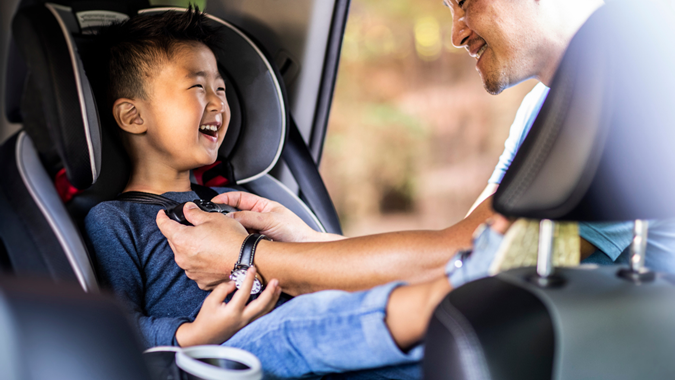
Car seat safety features
It’s recommended that you should try to keep your child in the lowest stage group for as long as possible to give them the optimal safety features, and there’s no need to swap for the next stage group up until your child has outgrown their Group 1 car seat. These are the safety features you’ll find in the optimal car seats for four-year-olds:
Multi-stage car seats (Group 1/2/3)
Also known as combination car seats, these have been designed to carry your child from baby to the booster-seat stage and as a result, they come with an initially much higher cost but really are great value for money. These car seats are equipped with padding and a five-point harness.
High back booster seats (Group 2/3)
These car seats are designed to lift your child up to use the vehicle seat belt but come with a high back and side padding for safety and impact protection.
i-Size car seats (Height-based system)
You’ll find a number of car seats described as ‘i-Size’, but what does this mean?
Expected to eventually be adopted across all new car seats sold, i-Size was introduced in 2013 as safety regulation ECE R129 with rigorous testing through impact crash trials and new state-of-the-art Q dummies to test impact. Using a height-based system, i-Size car seats have been designed to take the guesswork out of choosing the right fit, provide better protection from side impacts, and keep children rearward-facing for longer, until at least 15 months or 75cm to protect their fragile heads and necks.
If you’re after optimal protection for your little one, this is the type of car seat to go for but again, they come at a higher cost.
What is ISOFIX?
You’ll hear this term bandied about too, and it’s a fab feature to look for in your kid’s car seat. Why? Because it’s a doddle to fit and will keep your little one’s car seat safely secured.
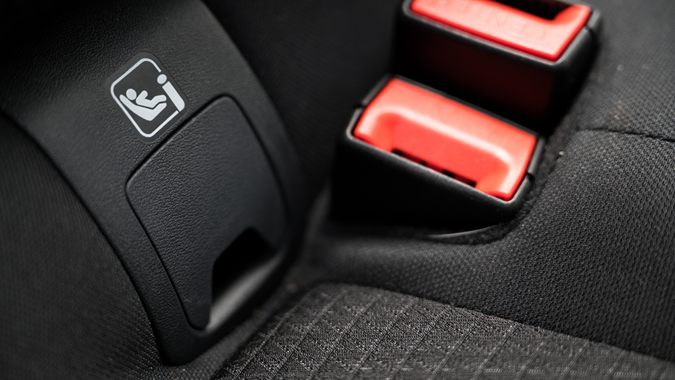
ISOFIX compatible car seats have two arms that lock onto small metal bars located in the seat of your vehicle to anchor the car seat into place. No seat belt threading is necessary and they’re accompanied by install indicators so you can be sure it’s correctly connected.
Most new cars have a pair of ISOFIX anchor points and since November 2014, all new cars are legally required to have ISOFIX fitted. But, it’s definitely something worth checking for in your car if it’s an older model and you want to reap the benefits.
Parkers pick the best car seats for four-year-olds:
Pros
- Suitable from 15 months to 12 years
- Prevents strain on the neck
- Impact shield is better than harness
Cons
- Initially expensive - but will pay for itself in time
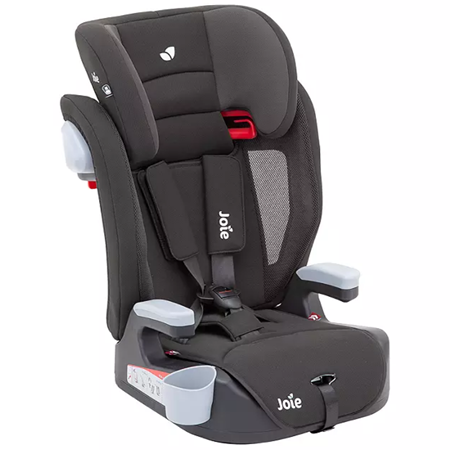

Pros
- Three seats in one
- Adjustable headrest
- Range of safety features
Cons
- No ISOFIX
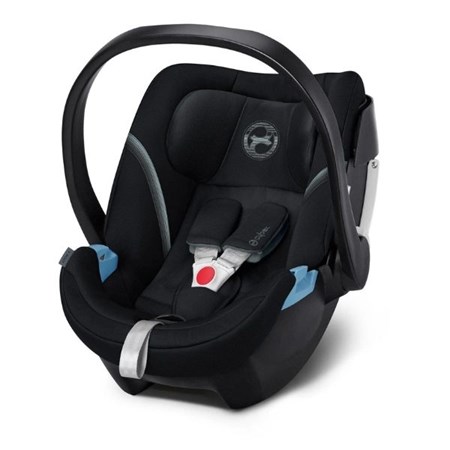

Pros
- Easy to fit with clear instructions
- ISOFIX
- Linear Side-impact Protection
Cons
- Quite an old design now
Pros
- Can convert to a booster seat
- Five-point harness
- Adjustable headrest
Cons
- More features found elsewhere
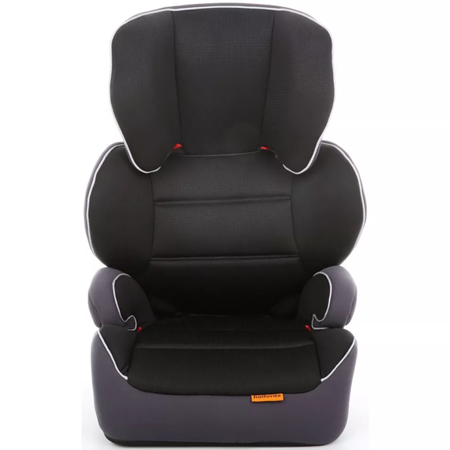

Pros
- Affordable
- Adjustable headrest
- Cup holder!
Cons
- Restrictive use due to tight group criteria
- Three-point harness only
Pros
- Patented AirProtect system
- Simple to adjust
- Suitable for three-and-a-half to 12 years
Cons
- Some users have noted the foam is squeaky
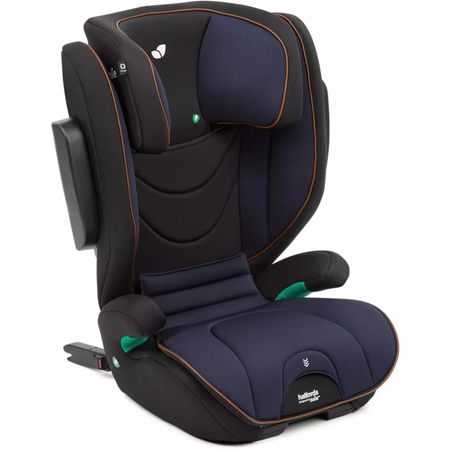

Pros
- Tri-Protect headrest
- Good safety features
- Nice padding for comfort
Cons
- Uses car's seatbelt instead of a harness
Pros
- Great protection
- Comfortable features
- 11-position headrest
Cons
- Wide base takes up room in smaller cars
Pros
- Affordable
- Great backup seat
- Cup holders!
Cons
- Basic for everyday use
Pros
- Easily adjusted
- Good protection
Cons
- Not as robust as other options
Can a four-year-old use a booster seat?
We haven’t included any booster seats for four-year-olds as it’s unlikely your tot will be big enough to use one at this age.
Based on new safety regulations launched in 2017, group 3 car seats i.e. new booster seats on the market, are limited to children who are taller than 125cm and weigh more than 22kg. The average height and weight of a four-year-old in the UK fall below these requirements.
Previously, these car seats were approved for use by children weighing between 15-36kg, but they’ve been deemed by the UN as being unsuitable for protecting smaller children from side-on collisions due to the reduced safety features.
Sign up to the Parkers Newsletter to keep up to date with more of the latest reviews, news, and recommendations from the Parkers team.
Just so you know, whilst we may receive a commission or other compensation from the links on this website, we never allow this to influence product selections – read why you should trust us.
Just so you know, we may receive a commission or other compensation from the links on this website - read why you should trust us.




